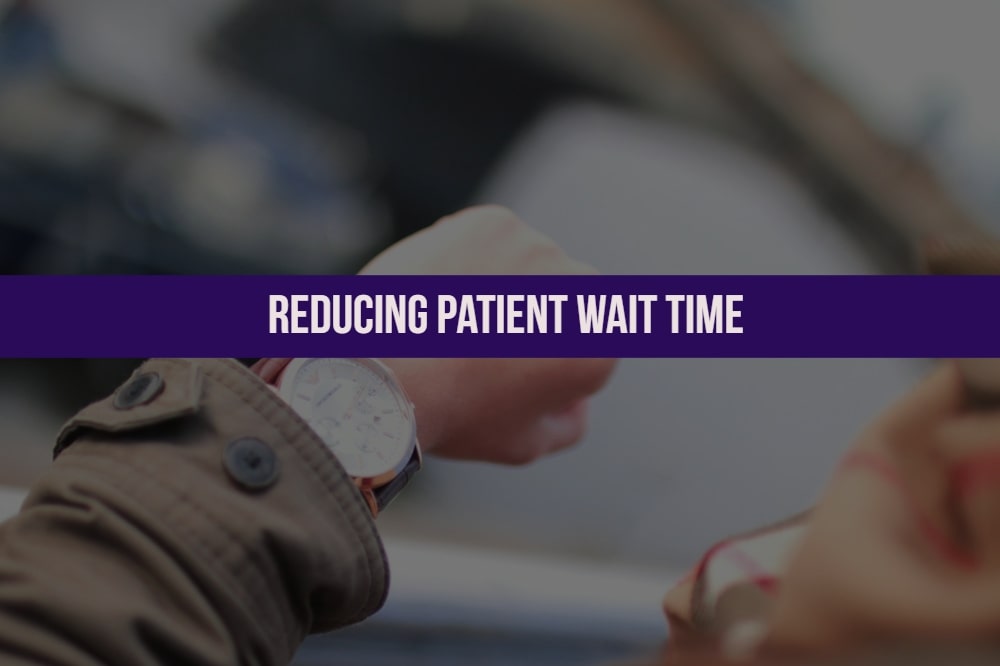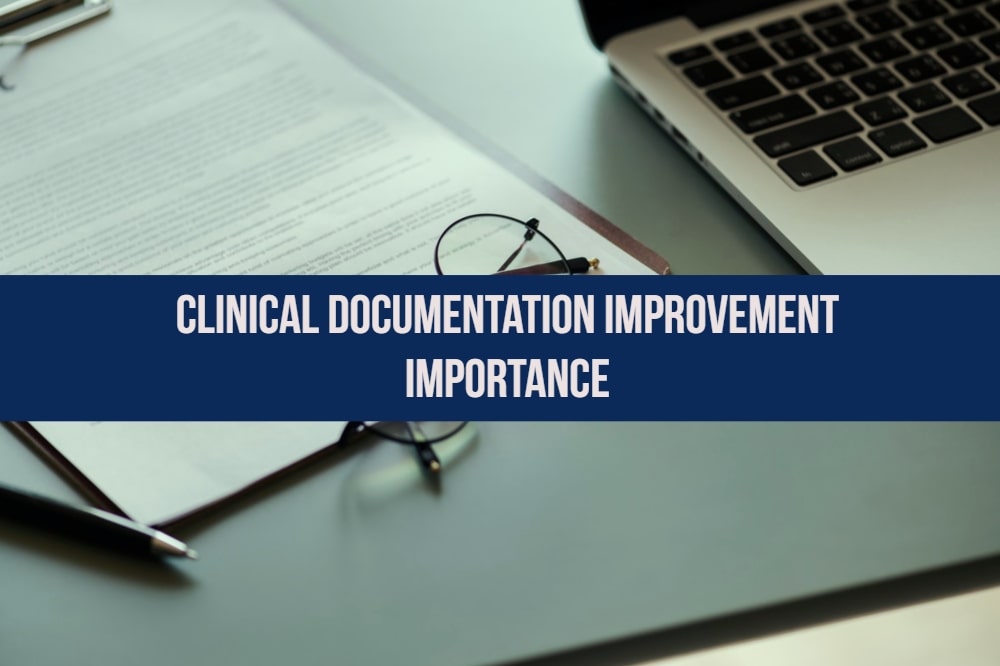The few picture frames on the wall showcase degrees and awards that have been bestowed a long time back. The magazines on the table are mostly journals – and old ones at that. Other than the soft humming of the air conditioner and the ticking of the seconds hand on the wall clock, the room is silent. The people in the room are either lost in their own thoughts or caught up with their phones. Time seems to be standing still….believe me, twenty minutes feel like an hour. Finally, the nurse at the reception looks up and smiles, indicating that one of the waiting patient’s can go into the physician’s chamber.
Yes, waiting time at the clinic is an experience that most of us dread.
Waiting for a healthcare appointment often imposes an emotional and physical burden on the patient – already worried about a serious health condition or in pain. Research indicates that adverse consequences may arise from prolonged waiting for healthcare appointments. On an average, across the US, patients wait 20 minutes in the waiting room before they get to see a doctor. It is no wonder that two out of five patients are frustrated with doctor visits even before their check up begins. A survey conducted by Software Advice covering 5,000 patients found a staggering 97% frustrated by wait times at the doctor’s office.
An efficient and effective primary healthcare system needs to be accessible and available. While waiting to see the doctor might seem like a small part of the patient experience, it can have a powerful effect on overall patient satisfaction and eventually on the bottom line of the practice. According to a research report, ‘practices that fail to address these wait-time frustrations stand to lose up to 54 percent of their patient base in a year—and that’s not counting potential patients who avoid your practice after learning about long wait times through online reviews.’ It is up to the physician and the staff to find ways to reduce wait times and ensure quality care and patient satisfaction.
There will always be unexpected circumstances such as clinical emergencies or patient no-shows. However, there are effective strategies that help reduce patient wait times in clinics.
Here are some ways that can help reduce waiting time for your patient and increase their satisfaction levels with your practice:
- Collect and document patient information before their scheduled appointment.
- Create a policy for late arrivals and no-shows.
- Conduct a survey to identify bottlenecks from the patient’s arrival to exit.
- Reconsider your staff start times – they should be ready before the first appointment of the day.
- Move the phone away from the front desk thereby eliminating interrupted conversations with patients physically present in your office.
- Get a clinical assistant to manage prescription and test orders, and even take notes during the doctor-patient visit.
- Anticipate whether you’ll need to spend more time than usual with the patient – getting patient information before their appointment helps.
- Invest in dedicated tracking technology.
- Do not overbook patients to mitigate the effects of missed appointments – this will actually increase waiting time and have an adverse effect on patient satisfaction.
- Use technology to send multiple appointment reminders through emails and text messages.
- Set up a patient portal and encourage your patients to use it for scheduling appointments and to submit insurance information and fill out paperwork.
- Ensure your waiting room provides a pleasant space for your patients.
Wait times have now become a financial issue – health plan’s value-based payment program may tie patient satisfaction scores to reimbursement. With profitability and reputation at stake, enforcing ways to decrease patient wait times should be a priority in your practice. While it is impossible to totally eliminate wait times for the patient, reducing it is certainly possible. Remember, a happy patient is already on the way to becoming a healthy person.
Medconverge can help with your practice management! Email us at info@medconverge.com for more information
References
- Dominique Ansell, c. a. (2017, April 20). Interventions to reduce wait times for primary care appointments: a systematic review. Retrieved November 24, 2018, from www.ncbi.nlm.nih.gov: https://www.ncbi.nlm.nih.gov/pmc/articles/PMC5397774/
- Hedges, L. (2018). Practices Must Reduce Patient Wait Times—Here’s How. Retrieved November 24, 2018, from www.softwareadvice.com: https://www.softwareadvice.com/resources/reducing-patient-wait-times/
- Iafolla, T. (2018). 8 Ways to Reduce Patient Wait Times. Retrieved November 24, 2018, from www.blog.evisit.com: https://blog.evisit.com/reduce-patient-wait-times
- McCarthy, K. (2017, April 25). How to improve patient wait times in your practice. Retrieved November 24, 2018, from www.nuemd.com: https://www.nuemd.com/news/2017/04/25/improve-patient-wait-times-your-practice



